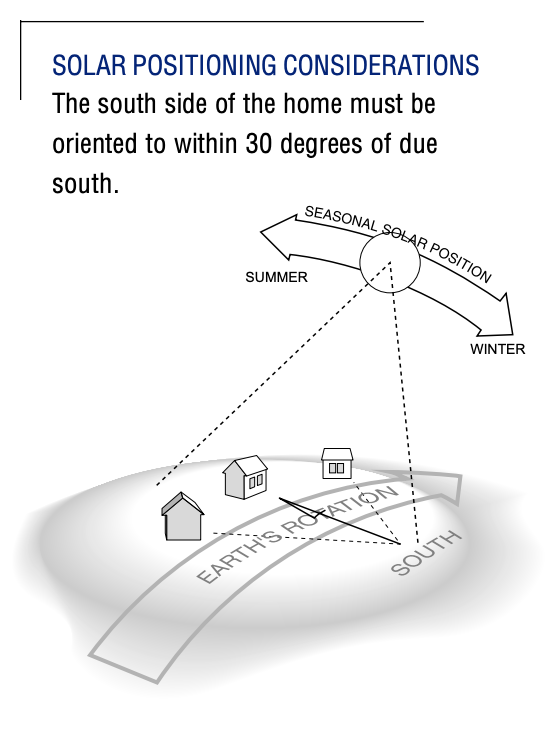Climate change is no longer a distant threat; it’s impacting our daily lives right now. When I noticed rising temperatures, heavier rains, and longer droughts affecting my area, I realized my home needed to evolve. Here’s how I adapted my house design to better withstand these challenges while keeping sustainability in mind.
Please note that these design changes vary based on where you live. For example, if you live far away from the coast or not in major flood plains, elevating your foundation may not be as critical, while homes in wildfire-prone areas should prioritize fire-resistant materials. Here’s how I adapted my house design to better withstand these challenges while keeping sustainability in mind.
1. Elevating the Foundation
With the risk of flooding on the rise, I decided to elevate my home’s foundation. Raising the structure by just a few feet not only protects against water damage but also provides better airflow, which helps keep the house cooler during heatwaves.
2. Installing a Cool Roof
To combat extreme heat, I replaced my old roof with a reflective, cool roof. This special material deflects sunlight and reduces heat absorption, which keeps indoor temperatures lower and cuts down on air conditioning costs.
3. Designing for Cross-Ventilation
I rethought my floor plan to maximize cross-ventilation. By positioning windows and vents on opposite walls, I ensured a natural airflow that minimizes the need for mechanical cooling. It’s an effective and energy-efficient way to stay comfortable during hot days.
4. Adding Rainwater Harvesting Systems
In response to both droughts and waterlogging, I installed a rainwater harvesting system. This not only reduces my reliance on municipal water but also prevents water from pooling during heavy rains by directing it into storage tanks.
5. Embracing Passive Solar Design
By reorienting my windows to face south (or north, depending on your hemisphere), I maximized natural light and warmth in the winter while using shades and overhangs to block excess heat in the summer. This passive solar strategy has made my home more energy-efficient year-round. Here is an informative article on passive solar design from NREL (USA).

south (Source: NREL)
6. Using Climate-Resilient Materials
I swapped out traditional building materials for ones better suited to extreme weather. For instance, I used fire-resistant siding made from fiber cement and metal roofing, which are both durable and less likely to ignite during wildfires. I also replaced wooden beams with steel framing for added strength against high winds. To further weatherproof the house, I used hurricane-rated windows with shatter-resistant glass and insulated concrete forms (ICFs) for walls, which provide excellent thermal insulation and can withstand extreme storms. These material upgrades not only enhance the durability of my home but also improve energy efficiency and reduce long-term maintenance costs.
7. Incorporating Green Spaces
Landscaping with native plants and creating a green roof has helped me reduce the urban heat island effect and manage stormwater. Native plants require minimal irrigation and provide essential habitats for local pollinators, birds, and other wildlife, enhancing the ecological balance of the area. Meanwhile, the green roof acts as a natural insulator, reducing energy costs by keeping the house cooler in summer and warmer in winter. These changes not only contribute to better water absorption and temperature regulation but also transform my home into a peaceful, verdant sanctuary in the midst of an urban environment.
Here are the two relevant articles I wrote on eco-friendly lawn care and eco-friendly pesticides in lawn and yard care, which you may refer.
| Climate Challenge | Design Solution | Benefits |
|---|---|---|
| Flooding | Elevated foundation | Reduces water damage, improves airflow |
| Extreme heat | Cool roof | Lowers indoor temperature, saves energy |
| Poor ventilation | Cross-ventilation design | Enhances natural cooling, saves energy |
| Water scarcity | Rainwater harvesting system | Reduces reliance on municipal water |
| Seasonal temperature | Passive solar design | Increases energy efficiency year-round |
| Wildfire risk | Fire-resistant materials | Provides better protection |
| Urban heat islands | Native plants and green roofs | Improves insulation, supports wildlife |
Taking Action Now
Redesigning your home for climate resilience doesn’t have to happen all at once, and it doesn’t need to be overwhelming. Start with the changes that address your most pressing challenges—whether it’s combating extreme heat, managing flooding risks, or improving energy efficiency. Even small, incremental steps can significantly improve how your home withstands the growing challenges of climate extremes while reducing its overall environmental impact.
For example, consider adding simple features like rainwater harvesting barrels or planting native vegetation to manage water runoff and create a more biodiverse environment. Gradually upgrading to energy-efficient windows, cool roofs, or fire-resistant siding can further enhance your home’s resilience without breaking the bank. Each step contributes to a safer, more comfortable, and sustainable living space.
By implementing these strategies, I’ve not only turned my house into a fortress against unpredictable weather but also reduced my energy bills and environmental footprint. The benefits are practical and long-lasting, proving that climate-friendly home redesign is an investment in both the present and the future. You can achieve the same – one thoughtful change at a time.



